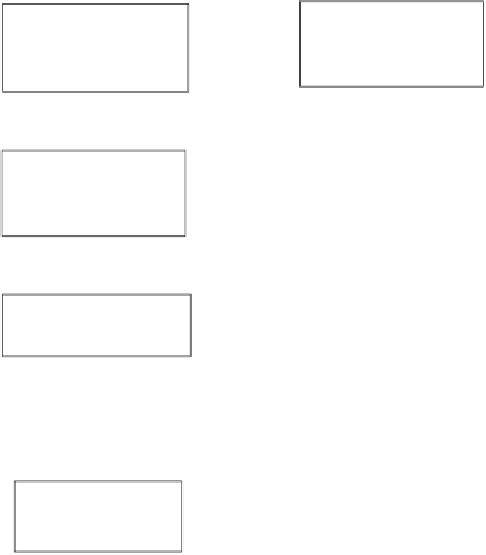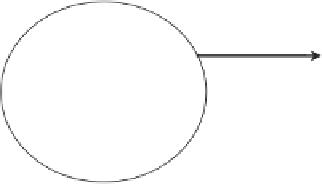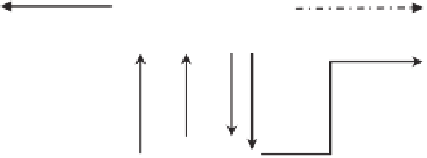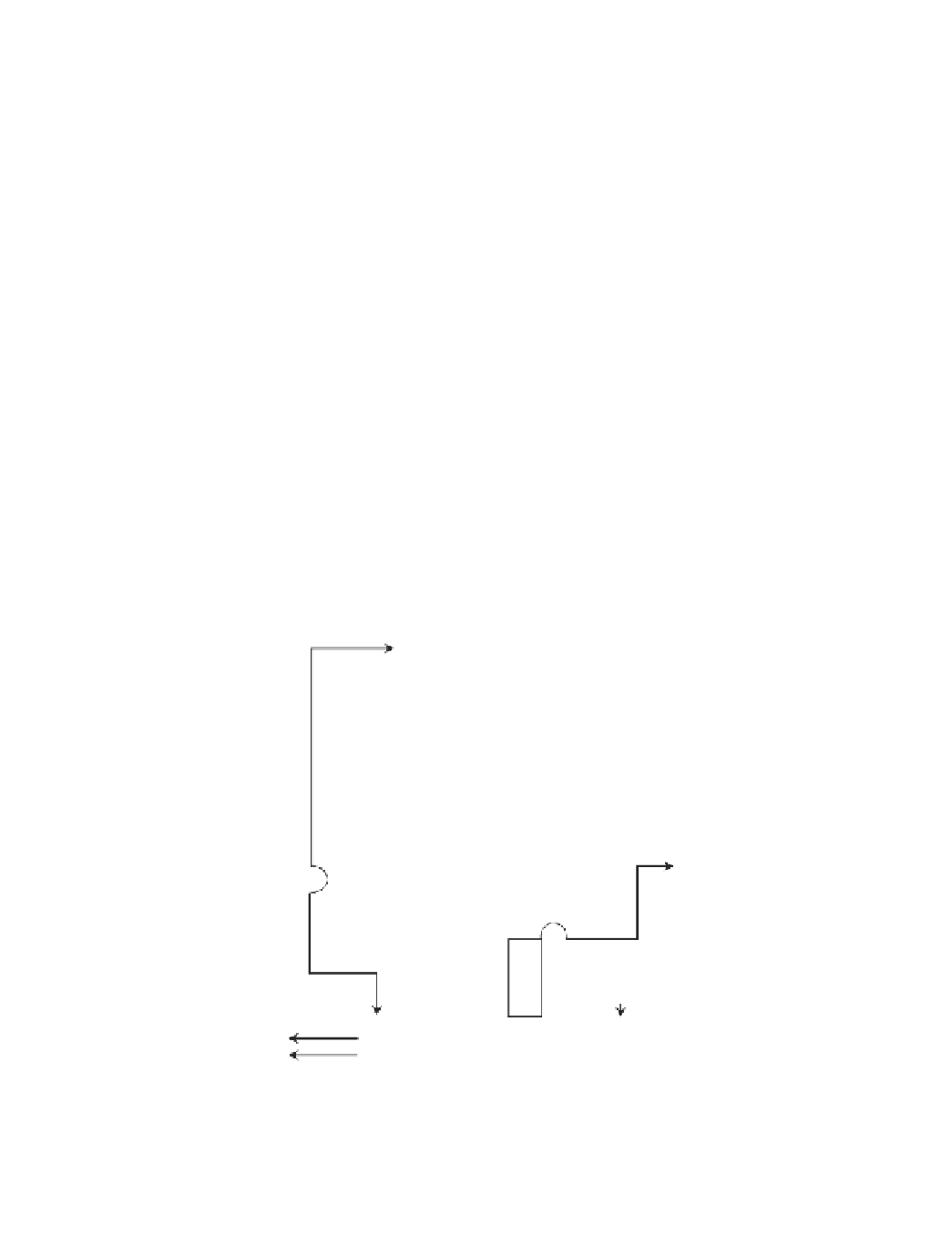Environmental Engineering Reference
In-Depth Information
Industrial ecology
Linear industrial systems are inherently unsustainable because they depend on a flow of
energy and materials from a source to a sink. Unless the supply of materials and energy is
inexhaustible and the sink is capable of assimilating all the waste produced, the system in the
long run would come to a stop.
Industrial ecology is a field that proposes simultaneous economic development and environ-
mental preservation. It is based on the analogy of how nature works, in which animals and plants
live on each other and on each other's wastes in a complex network of circulating materials
(Lyons et al., 2009). One of the key aspects of industrial ecology is the replacement of linear open
industrial systems, in which resources are taken from the earth, consumed, and waste dumped
back to earth. In closed-loop systems, wastes of one industry (i.e., material and energy) are
recycled as useful inputs for another industry(ies). Figure 10.5 shows an example of industrial
symbiosis at Kalundborg, Denmark, where water, energy, and solid materials are interchanged in
five independent industrial enterprises. Many industries today have relatively highly closed loops
in terms of materials utilization. One example is the lead acid batteries, which the United States
recycles 96 percent of the lead contained in old batteries (Batter Council International [BCI],
2009). A closer to home example is the meat and poultry industries, where most of the animals'
inedible parts are recycled and reused as source of protein and fat for animal feed.
In the food-production system, the idea of introducing closed-loop cycles could lead to
virtually zero waste reaching the landfills during production and distribution. Yet, if consumption
is included into the equation then the closed-loop concept becomes more unattainable; unless
human waste is treated differently and nutrients are recovered and returned to the soil.
Gas
(backup)
Liquid
fertilizer
production
Sulfur
Statoil
Refinery
Gyproc Nordic
East Wallboard
Plant
Water
Scrubber
sludge
Water
Lake Tissø
District heating
Heat
Municipality
of Kalundborg
Energy E2
Power Station
Wastewater
treatment plant
Heat
Fish farming
Sludge
A-S Soilrem
Water
Fly ash
Yeast
slurry
Recovered
nickel and
vanadium
Cement,
roads
Novo Nordisk/
Novozymes A/S
Pharmaceuticals
Farms
Sludge
(treated)
Figure 10.5
Industrial symbiosis at Kalundborg, Denmark.
Reproduced from Chertow, 2004, with permission of Elsevier.













